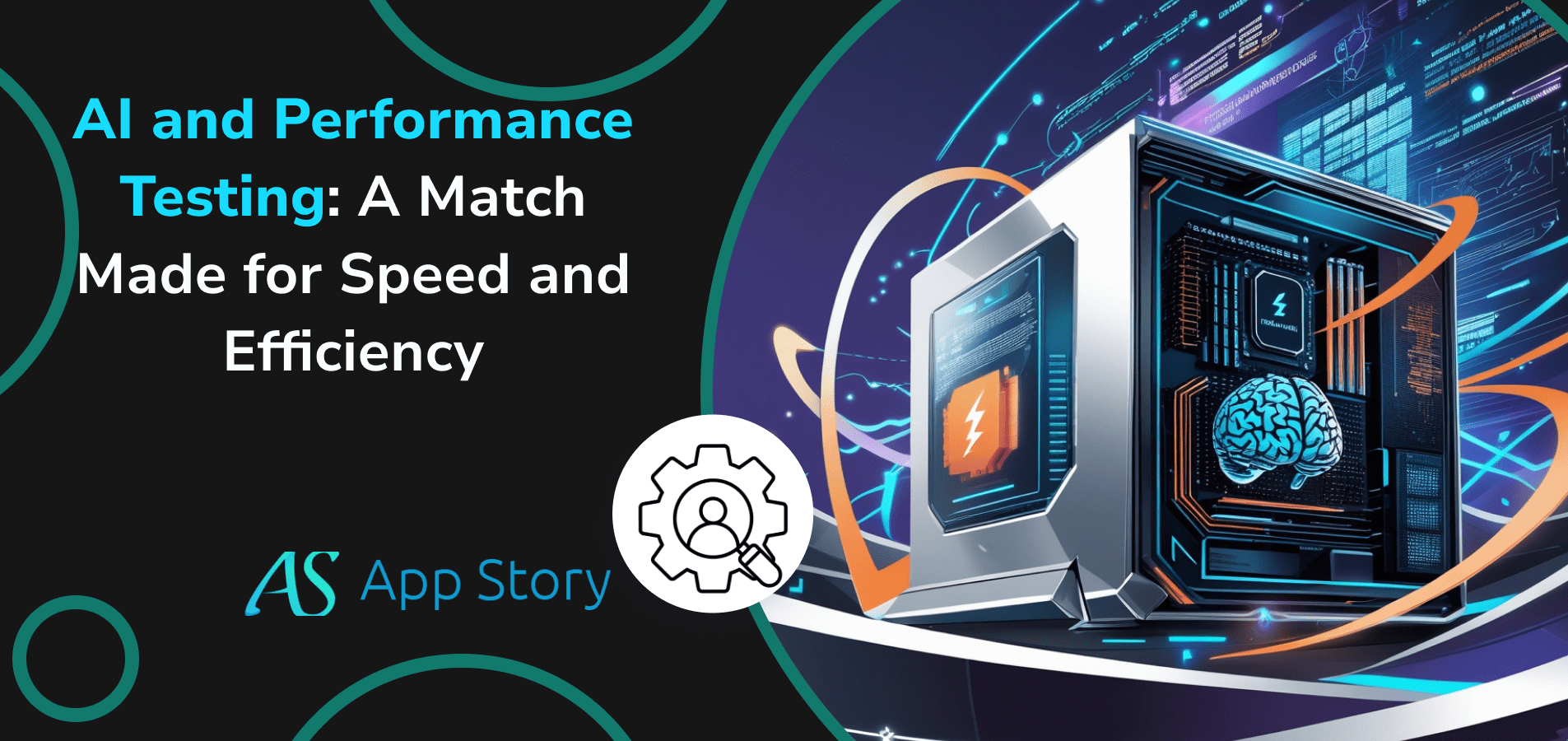In our fast-paced modern world, on-demand service applications have become an integral part of our daily lives, offering convenient access to a variety of services at our fingertips. Whether it’s ordering food, requesting a ride, or managing various tasks, on-demand apps have revolutionized how we engage with different industries.
In this guide, we’ll delve into the intricacies of developing on-demand service applications. Whether you’re an aspiring entrepreneur venturing into the on-demand market or an established business seeking to enhance your online presence, this guide is tailored for you. We’ll explore the realm of software options and outline essential features to ensure the success of your app.
Steps to Build an On-Demand App: Breakdown
Let’s simplify the process of building an on-demand app into manageable steps:
1. Find Your Niche and Understand Your Audience
2. Assemble Your Dream Team
3. Outline Your Needs and Features
4. Start with a Minimum Viable Product (MVP)
5. Determine Your Revenue Model
6. Test and Launch Your Application
7. Scale Up Your Platform
8. Monitor Performance Metrics and Promote Your App
Each phase of developing an on-demand app presents unique challenges and opportunities. By adhering to these steps and customizing them to your specific goals, you can create an on-demand app that resonates with your target audience.
Understanding On-Demand Service Apps
On-demand service apps act as digital superheroes, connecting users in need with service providers promptly. Whether it’s Uber for transportation, Airbnb for accommodations, or Zomato for food delivery, these apps provide quick solutions to everyday needs, spanning from beauty services to medical advice.
These apps streamline the process of connecting users with service providers, making transactions seamless and efficient. Despite charging a service fee, their convenience factor outweighs the cost. With just a few taps on your smartphone, you can access services, authorize payments, and enjoy a hassle-free experience.
The popularity of on-demand apps stems from their cost-effectiveness, accessibility, speed, secure payment options, and personalized user experience. With a plethora of options available, users can find an app tailored to their specific needs and preferences.
The widespread adoption of on-demand apps is evident, with nearly half of adult Americans having tried them at least once. These apps have become indispensable, simplifying everyday tasks with just a tap.
Types of On-Demand Apps
When venturing into on-demand app development, it’s crucial to understand the different types of solutions you can offer:
- Business-to-Business (B2B): These apps facilitate transactions between large companies and other businesses, streamlining operations and enhancing customer satisfaction. Examples include Walmart’s supply chain management apps.
- Business-to-Consumer (B2C): These apps enable businesses to sell products or services directly to consumers. Popular examples include Starbucks’ mobile ordering app.
- Person-to-Person (P2P): These apps facilitate peer-to-peer transactions, allowing individuals to exchange goods or services. Examples include ride-sharing apps and platforms for buying and selling items locally.
Understanding these distinctions is essential for tailoring your app to meet user needs and capitalize on market opportunities.
On-Demand App Development Across Industries
On-demand service apps are disrupting various industries, offering convenience and efficiency to users worldwide. Here’s how different sectors are leveraging these apps:
- Taxi Services: Apps like Uber and Lyft provide convenient transportation options, complete with real-time tracking and seamless payment processing.
- Food Delivery: Platforms like UberEats and GrubHub enable users to order food from local restaurants and have it delivered to their doorstep quickly.
- Household Chores: Apps such as TaskRabbit connect users with professionals who can assist with household tasks like cleaning and repairs.
- Gifts & Flowers Delivery: On-demand delivery startups like UrbanStems and Gyft offer a wide range of gift options with convenient delivery services.
- Healthcare: Medical apps like Doctor on Demand allow users to consult with healthcare professionals remotely, providing quick access to medical advice.
- Logistics: On-demand delivery apps for logistics streamline shipping processes, facilitating package tracking and electronic proof of delivery.
By embracing on-demand app development, businesses in various industries can enhance their services, improve customer satisfaction, and thrive in today’s digital landscape.
Development Stages of On-Demand App Services
Developing an on-demand app involves several critical stages:
- Research: Gain insights into your target audience’s preferences and behaviors to inform your app’s design and features.
- Feature Selection: Choose features that will differentiate your app and provide value to users, such as location tracking and payment options.
- Team Selection: Assemble a skilled development team with expertise in app development to bring your vision to life.
- Technology Stack: Select the appropriate technology stack to ensure your app is compatible with various devices and delivers a seamless user experience.
- Development Process: Consider starting with a Minimum Viable Product (MVP) to test your app’s viability and gather user feedback before launching the full version.
By following these steps, you can create an on-demand app that meets user needs and achieves success in the market.
Minimum Viable Product (MVP) Features for On-Demand App Development
When building an on-demand app, consider incorporating the following features:
- Customer App: Registration & Profile Management, Geolocation, Notifications, Payments, Feedback System, Help & Support.
- Service Provider App: Registration & Profile Management, Push Notifications, Accept & Reject Buttons, ‘My Earnings’ Page, Online/Offline Button.
- Administration App: Admin Dashboard, User Management, Service Provider Management, Change Prices and Fees, Analytics & Reporting.
By including these features, you can create a user-friendly and intuitive app that meets the demands of both customers and service providers.
Cost of Building an On-Demand App
The price to develop an on-demand app varies depending on its complexity and features. Here’s a breakdown of the costs:
1. Simple On-Demand Apps: $30,000 to $120,000
2. Medium-Complexity On-Demand Apps: $120,000 to $200,000
3. Complex On-Demand Apps: $200,000 to $300,000 or more
Hourly developer rates also influence costs, with higher rates in countries like the USA and Canada and lower rates in countries like India and Pakistan. Central and Northern European countries like Estonia offer a balance of cost and quality, making them attractive options for outsourcing application development.
Conclusion
On-demand service apps play a vital role in modern society, offering convenience and efficiency to users worldwide. By following key steps in app development and understanding user needs, businesses can create successful on-demand apps across various industries. With careful planning and execution, an on-demand app can revolutionize service delivery and drive business growth in today’s digital age.





 United States
United States United Kingdom
United Kingdom India
India Canada
Canada Singapore
Singapore



































